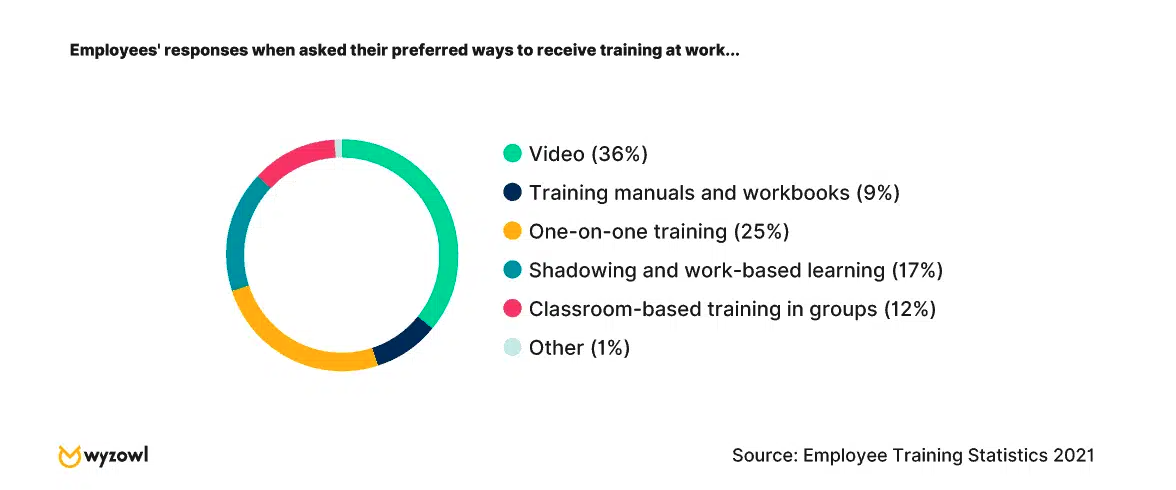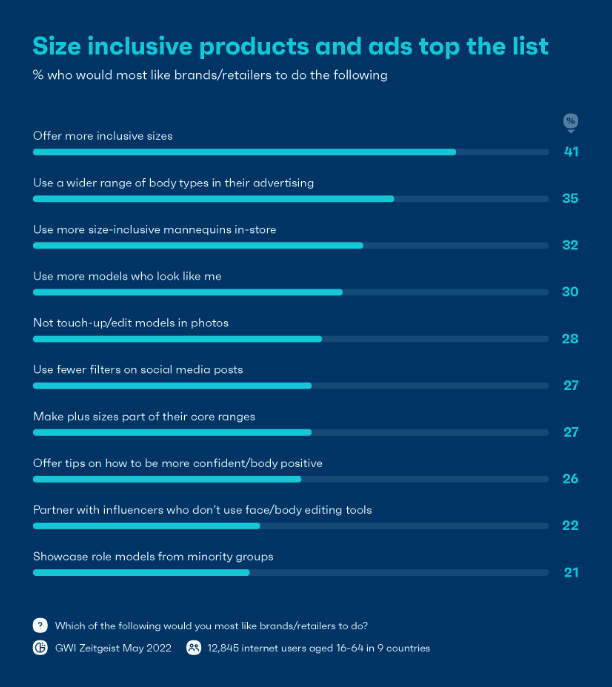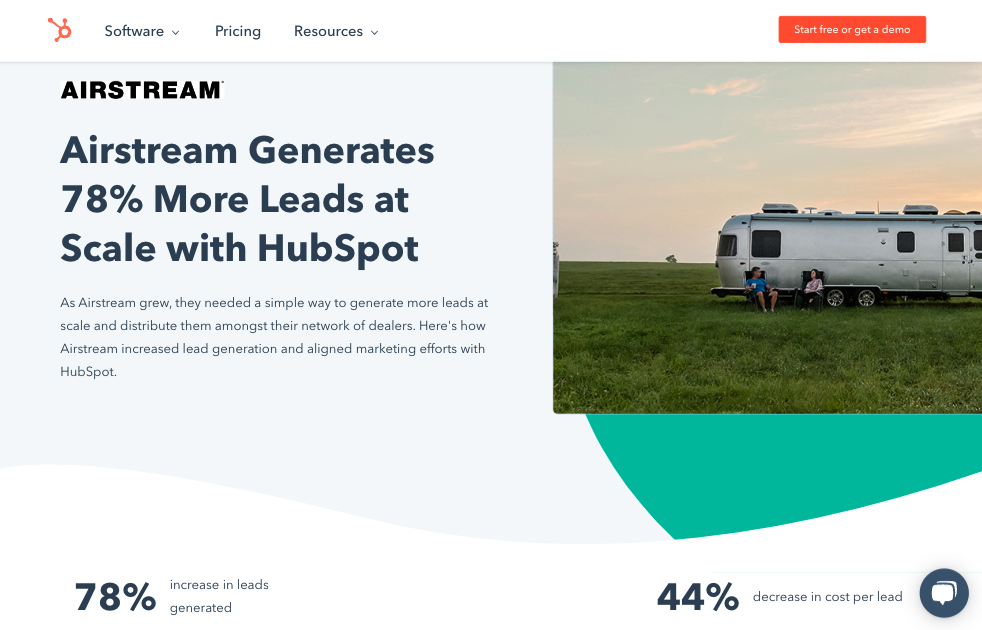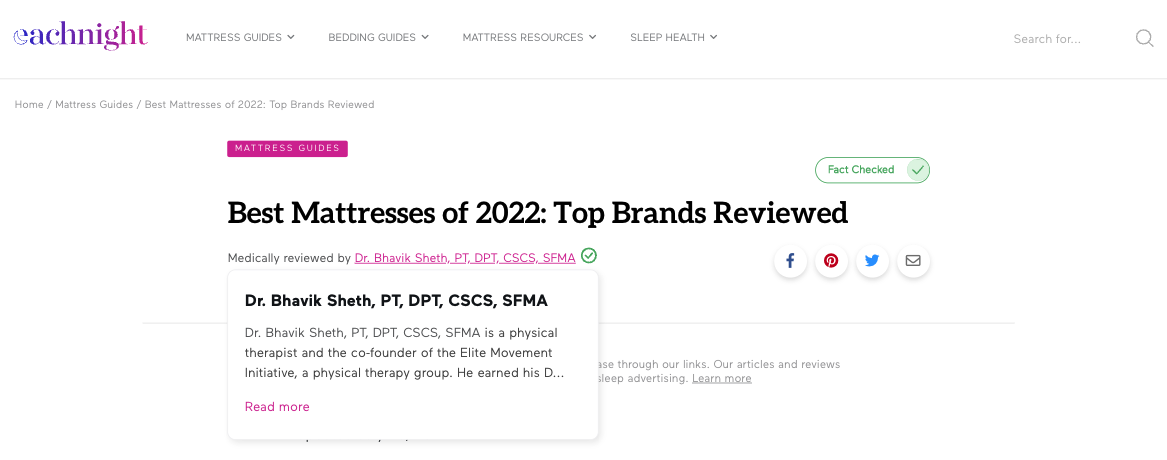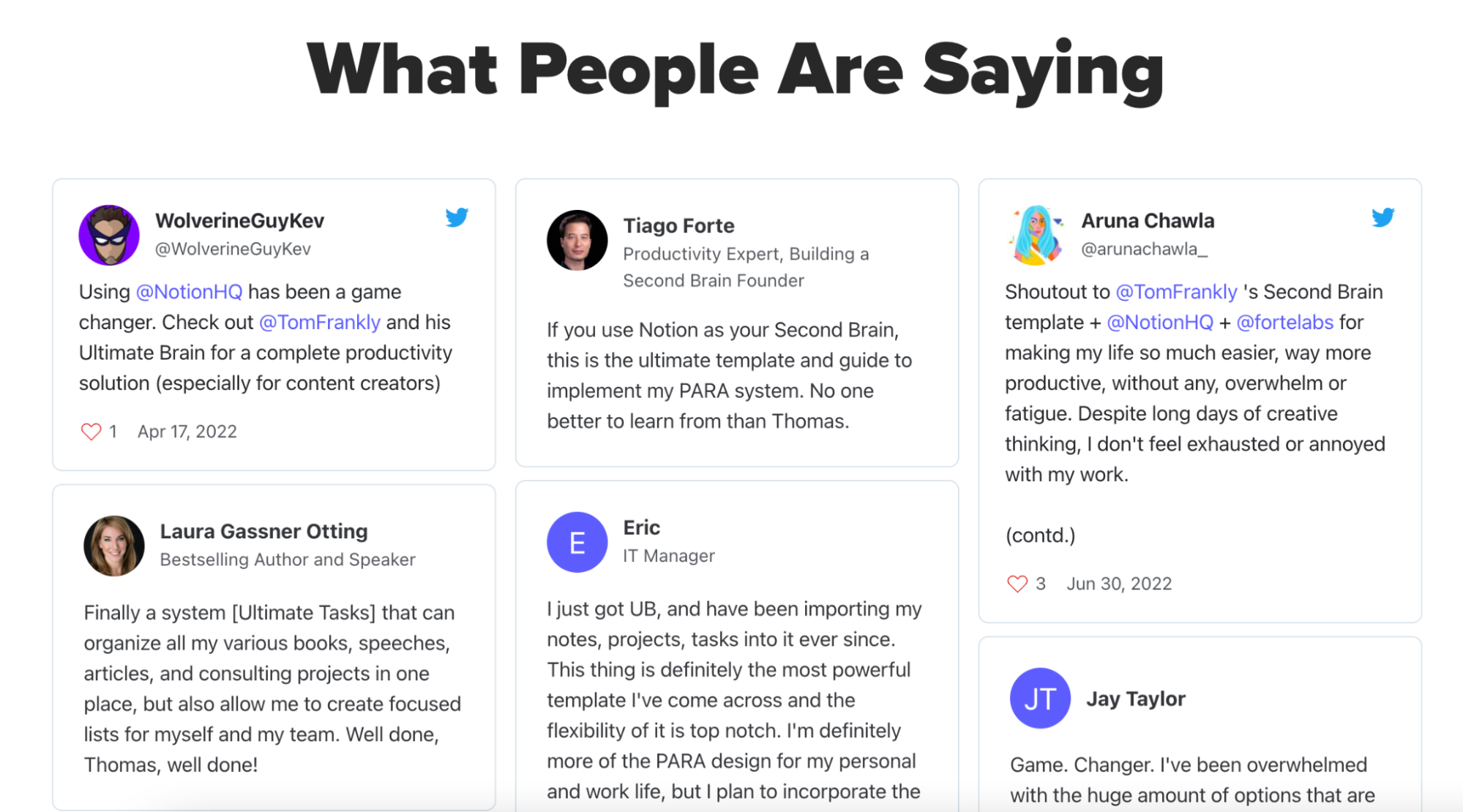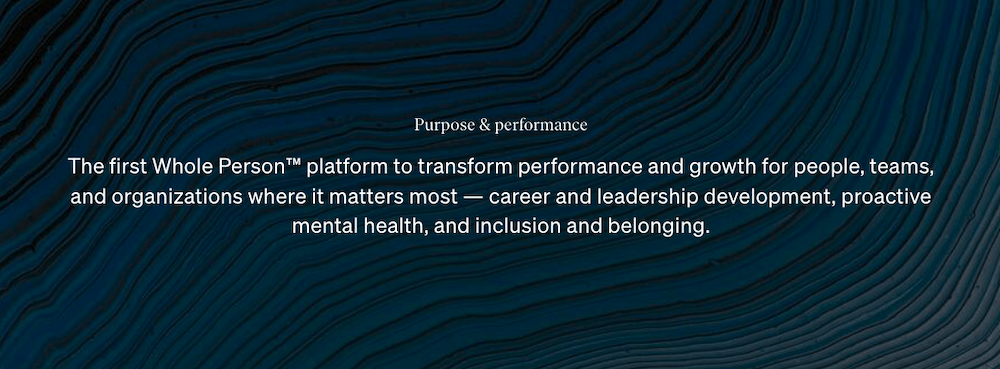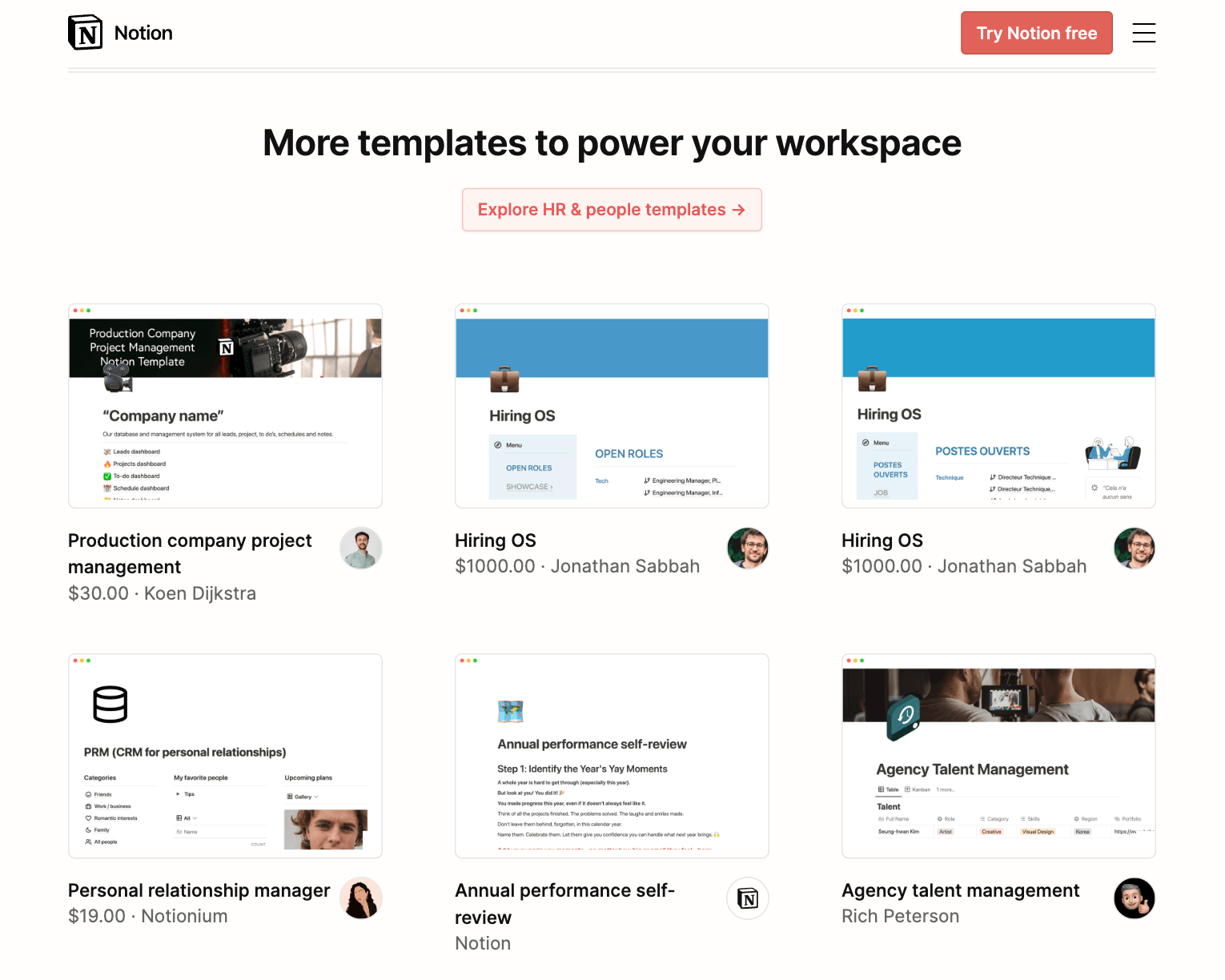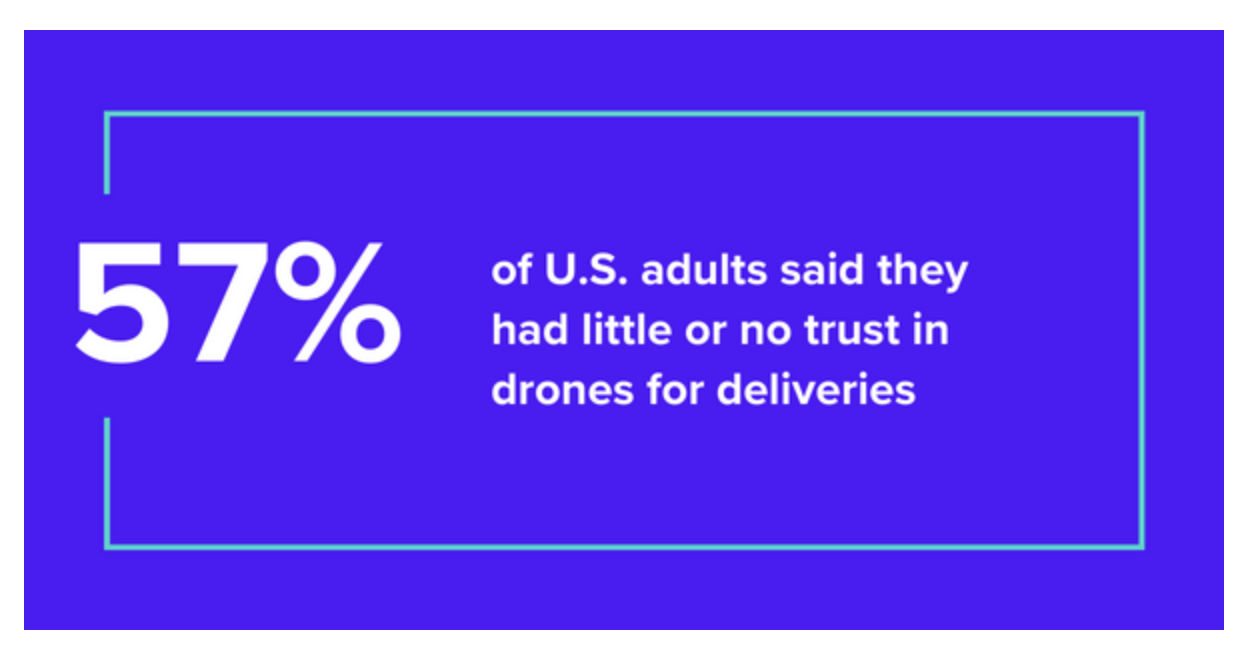Positioning your brand as credible and trustworthy is essential for driving business success. And not just because it’s how your target audience sees your organization. Perhaps even more impactfully, it’s also because your company’s credibility directly impacts your bottom line.
Research from the past couple of years shows that, in today’s market, a significant portion of consumers make purchasing decisions based on brand trustworthiness.
PWC found that 91% of people would buy from a company they trust, 88% would recommend it to others, and 90% would feel loyal to organizations they perceive as credible. And that’s not all. Salsify discovered that almost one-half (46% to be exact) of buyers would pay more for products from brands they trusted, which is a clear indicator that investing in brand credibility is the way to go in 2022.
But what does it take to actually boost credibility for your brand? And can your website help? If you listen to science, you’ll find that it does.
So, without further ado, if you’re ready to work to boost credibility for your brand, these are the innovative ways your website can help.
6 Steps to Build a Content Strategy for Your Startup
Publish content that only you can create
One of the most effective methods of using your website to boost brand credibility is to invest in and publish resources that empower your audience with valuable information.
In fact, if you look at Edelman’s 2022 Trust Barometer, you’ll find that information quality is the most impactful trust builder for businesses, NGOs, governments and media.
In other words, driving credibility through your website could be as easy as employing content marketing and focusing on value. However, if you wish to ensure that your hard work delivers next-level results, do your best to invest in content that is original and that only you can create.
One way to do this is to research your customer base for useful statistics or opinions.
It’s what Wyzowl does on its Data page, where it regularly publishes new insights regarding the application of videos in marketing and employee training. So, for example, the 2021 Employee Training Survey interviewed over 200 people about their job training experiences, allowing the brand to create a unique resource that teaches its audience something new about the application of video in employee education.
Source: wyzowl.com
GWI does something similar. However, it takes things to the next level with a Chart of the Week section on its Resources page, where it reveals the opinions of thousands of consumers collected through its extensive consumer sentiment research.
Source: gwi.com
And, of course, there’s the slightly more niche-specific approach to unique and original content, which, essentially, relies on conducting case studies that could benefit your target audience.
A quick look at Hubspot’s website shows that this brand regularly publishes informative reports regarding its customers’ successes, complete with specific information about the strategies employed and the achieved results.
Source: hubspot.com
The Customer Is Always Right: Why Startups Should Pay Attention To CX Data
Become a single source of industry ‘truth’
Now, if you know that people trust brands that supply them with high-quality, credible information, why not invest in a tool or resource that could become your target audience’s go-to reference for dependable advice?
If you look at brands like MarketBeat, you’ll find that they’ve managed to achieve precisely this by developing apps and calculators that help their audience make big life decisions.
In fact, the Dividend Growth Calculator from MarketBeat is such a complex and value-driven tool that it not only can be used by beginner investors but experienced ones too. And thanks to the immense value it offers, the calculator has slowly managed to grow into an instrument that delivers industry “truth,” which automatically means that anyone who comes across it starts perceiving MarketBeat as the most credible source of investment-related information and advice out there.
Source: marketbeat.com
5 Ways E-Commerce Entrepreneurs Can Make More Data-Driven Decisions
Involve third parties for accreditation
Publishing valuable content and developing unique tools may help you position your brand as trustworthy and reliable among your target audience. But it’s far from being enough.
In today’s market, almost 8 out of 10 people know when a brand is advertising to them. And considering that there’s just so much branded content being published to win customers over, it’s not a bad idea for you to explore alternative tactics for building brand credibility.
Involving third parties could be one of those methods.
Edelman’s New Cascade of Influence report uncovered that the top three credible brand spokespeople/ambassadors in 2022 include:
- Scientists and experts.
- People who use a particular brand’s products.
- Brand technical experts.
So why not find ways to involve these types of people in your branding strategy?
For example, you could do something along the lines of Eachnight, whose blog content includes “Medically reviewed” and “Fact checked” badges, showing the accreditations of the expert who reviewed the information presented in the articles.
Source: eachnight.com
Or, you could look up to Groove, a brand that embeds G2 awards badges and reviews on its homepage, knowing that this publication is a leader in the SaaS industry and that its seal of approval carries a lot of weight among buyers.
Source: groovehq.com
Or, you might even choose to work with influencers. However, if you do so, make sure you don’t just go with someone famous to act as a brand ambassador. Instead, choose to collaborate with people who are credible, who have experience, whose values align with your own and whose support will genuinely add to your brand’s credibility.
This is precisely what Thomas Frank did, making sure to display feedback from productivity gurus like Tiago Forte and Mike Walls, whose honest feedback would make his Ultimate Brain template the go-to for anyone looking to get started with the Second Brain productivity method.
Source: thomasjfrank.com
Give your company a human face
If you’re looking for more approachable ways of building trust and credibility for your brand, the strategy you do not want to skip is that of humanizing your organization.
Something as simple as telling your brand’s story, introducing your employees, or sharing your company’s wins could help your business graduate from being just another faceless organization to becoming a relatable (and likable) entity your audience will be happy to support.
So, what’s the best way to give your company a human face?
Well, in addition to telling your brand’s story on your About page, make sure that you also:
- Steer clear of stock imagery to represent your business. Instead, go with real-life photos of your team and your headquarters, something that Digitarial Agency does splendidly on its homepage.
Source: digitarialagency.com
- Have a set of branding guidelines that you follow to a T, especially when it comes to your brand’s voice and visual identity. Think of brands like Wendy’s or Old Spice, whose brand identities have reached epic proportions due to them successfully picking a theme and sticking with it.
Source: youtube.com
- Are not afraid to share what you stand for. Check out how BetterUp does it in describing what its Whole Person platform does.
- Source: betterup.com
Implement UGC on your site
Adding user-generated content to your website is another exceptional way to boost your brand’s credibility for several reasons.
First and foremost, UGC contributes to brand authenticity, which is essential for two main reasons:
- 90% of consumers consider authenticity when making purchasing decisions.
- Only one-half of all buyers see branded content as genuine.
Couple this with the fact that UGC plays the part of one of the most influential types of social proof, and it quickly becomes evident that it should definitely be given a prime spot on your company’s homepage.
But how, exactly, do you include user-generated content on your homepage in a way that will contribute to credibility?
Well, the traditional way to do so is to include user reviews and ratings on your website.
However, if you want to take things a step further and maximize the positive impact of UGC on your brand’s credibility, make sure that you allow yourself to experiment with more than just traditional testimonials.
Perhaps you could embed user-generated content posted by satisfied customers on social media, like Tentsile did.
Source: tentsile.com
Or, you could look up to brands such as Notion and Lego and allow your customers to share their creations with fellow fans who are equally passionate about your products.
Source: notion.com
Give something valuable away for free
In a recent report, Adobe revealed that two-thirds of buyers think it’s essential for brands to exhibit empathy, be committed to solving consumer pain points and prove that they truly understand their audience.
So, as you explore different strategies that will allow you to boost brand credibility with your website, why not focus on convincing your potential customers that you get them?
There are dozens of ways you could show your audience that your brand is customer-oriented and that it delivers exceptional value.
You could, of course, rely on content marketing and invest in valuable resources your customers could download for free. You could even take a page out of Morning Consult’s book and deliver that information to your audience’s inbox on a daily basis.
Source: gmail.com
Or, for a more advanced approach, you could choose to do something similar to what Affinda is doing on their resume parser page. This brand allows potential customers to use the core functions of its complex software solutions for free, all with the goal of showing people that they are 100% committed to delivering high-quality products.
Source: affinda.com
Final thoughts
Positioning your brand as a credible entity is not always easy. And the current climate is not helping either, with most people being distrustful of businesses, organizations and even governments.
However, by focusing your attention on the right trust-building activities, you can still expect to achieve excellent results.
The tips covered in this guide will help you use your website to boost the credibility of your brand. But much more importantly, they’ll also give you a few pointers on what consumers want from businesses nowadays and tell you what it takes to establish your organization as trustworthy, reliable, authentic and customer-oriented so that you can be sure of its successful future.



